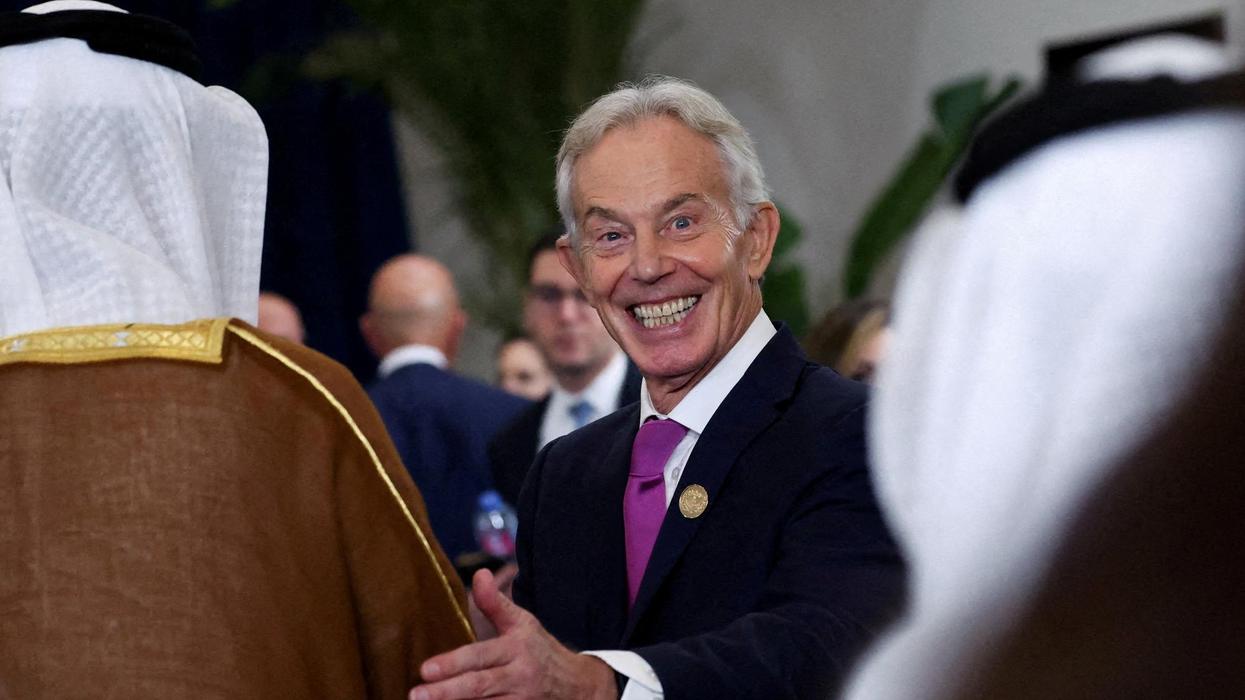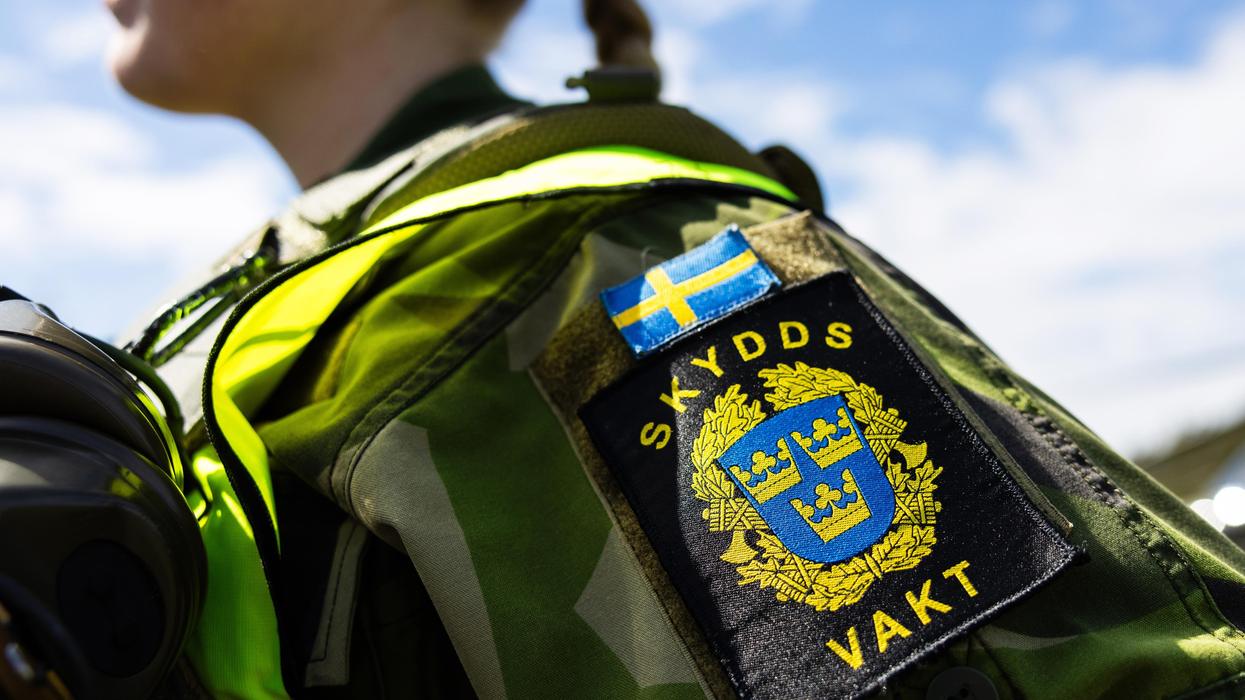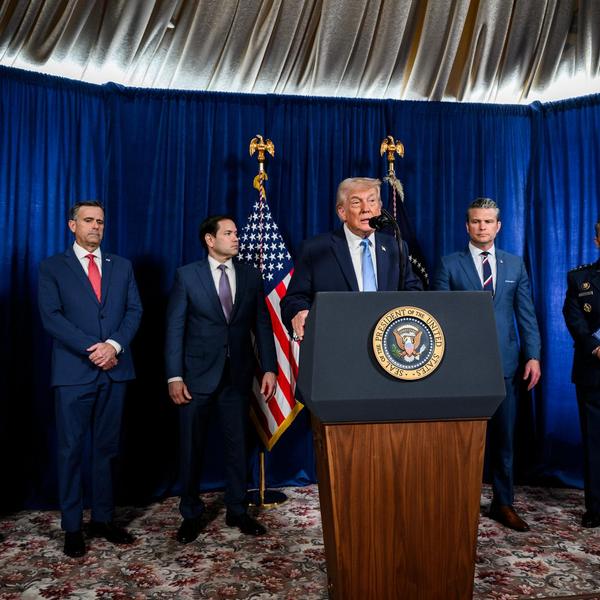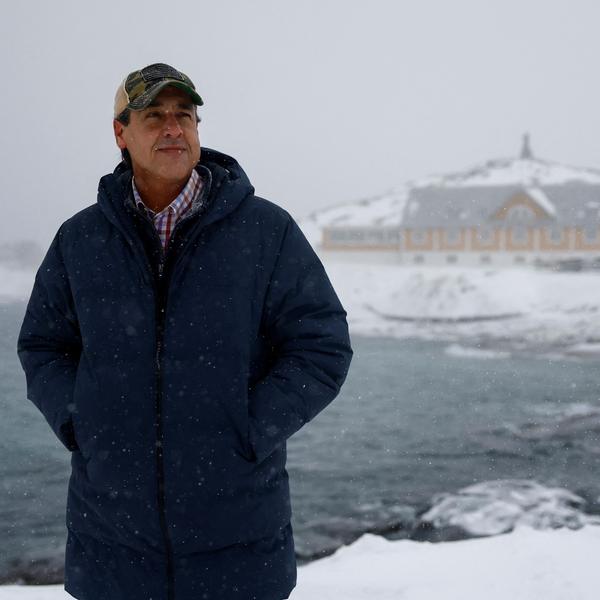On Wednesday, France announced plans to send light tanks to Ukraine, marking the first time that a Western country has supplied Kyiv with armored combat vehicles. Not to be outdone, unnamed U.S. officials told the Washington Post that the United States intends to share some of its own infantry fighting vehicles, with one source saying that the first shipment could be publicized as soon as this week.
The new weapons could make a significant difference in the conflict, which has fallen into a grinding stalemate as Russia and Ukraine continue to dig into their positions along the frontlines. Kyiv has already seen some success in using armor to retake territory from Moscow, and American Bradley Fighting Vehicles could help bring those efforts to the next level, according to Lyle Goldstein of Defense Priorities.
“To the credit of the Ukrainian commanders, they have managed to create some interesting tactics here,” Goldstein said, noting that Kyiv has used simpler armored vehicles like MRAPs in a sort of “Blitzkrieg-light” whereby its soldiers penetrate well beyond the front lines and “create chaos in the rear of the Russian forces.” New tanks and combat vehicles could make this tactic more effective, potentially helping to break the stalemate in the east.
There are, of course, a couple of limits to this approach. First, as Goldstein notes, “traditional military theory would hold that this is really impossible without air cover,” and Ukrainian air power “remains extremely limited.” In other words, it’s unclear whether Kyiv has all the necessary tools to take full advantage of its new armor.
The second drawback is somewhat more dramatic. If these vehicles help Ukraine take back more Russian-held territory, much of which Moscow now considers to be part of Russia, then the Kremlin may resort to the use of so-called “tactical” nuclear weapons — nukes that are smaller than strategic warheads but still at least as big as the bombs the United States dropped on Japan in World War II.
Russian analysts have largely stopped discussing tactical nukes since a flurry of chatter last fall. But Goldstein worries that a successful offensive could make Russian President Vladimir Putin reach for his trump card, and tanks would likely be an “appetizing target” for such a move.
The main obstacle standing between Putin and the nuclear button is the “nuclear taboo,” which posits that rational leaders are too wary of their international reputation to use the ultimate weapon.
“But we’re in the realm of desperate actions,” Goldstein argued. “I don't think Russia is worrying too much about their reputation.”
















